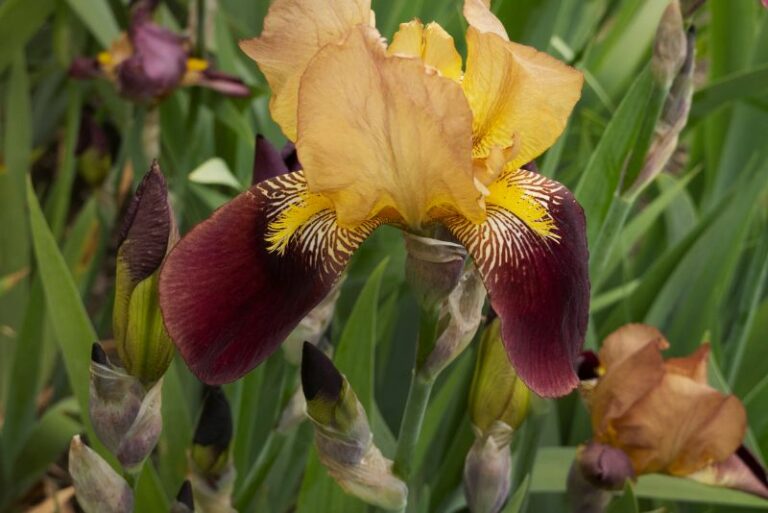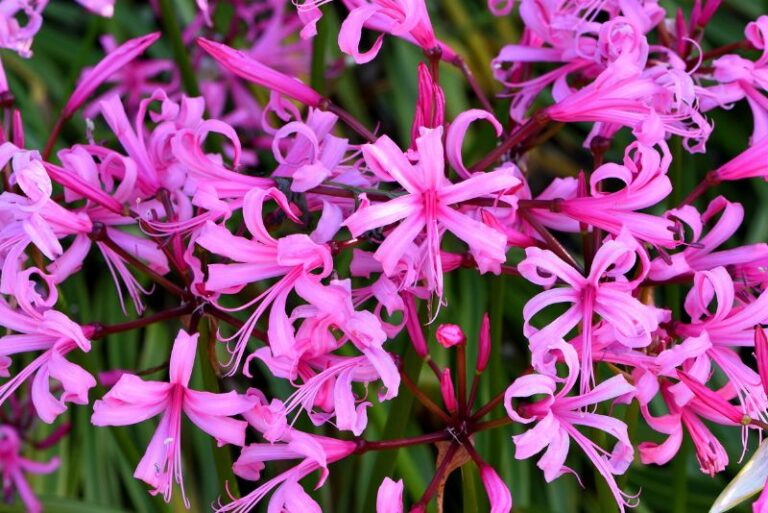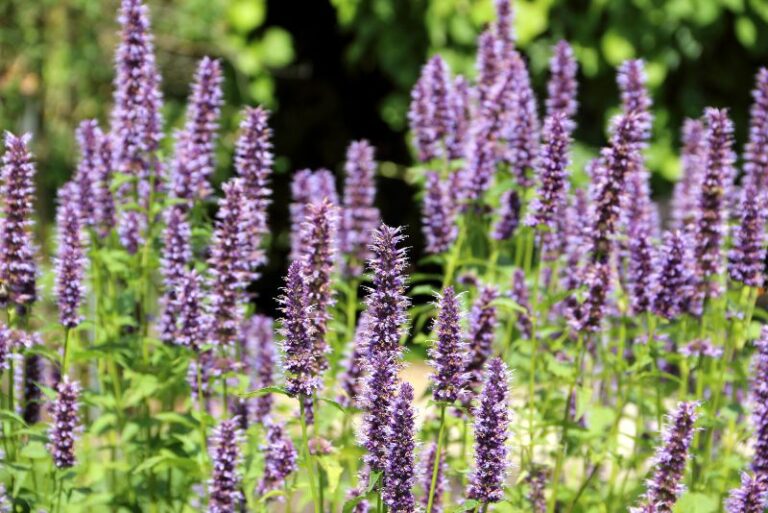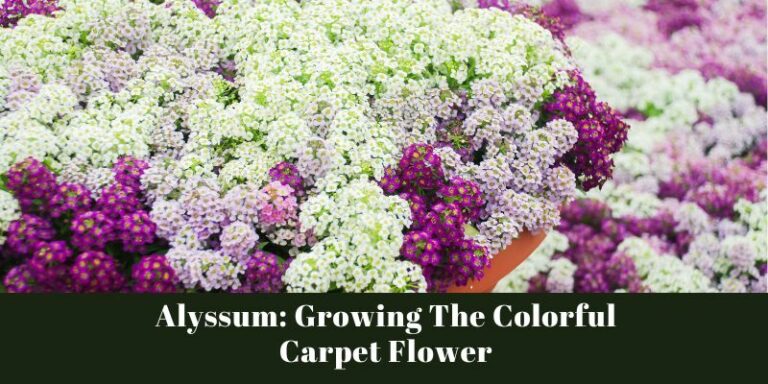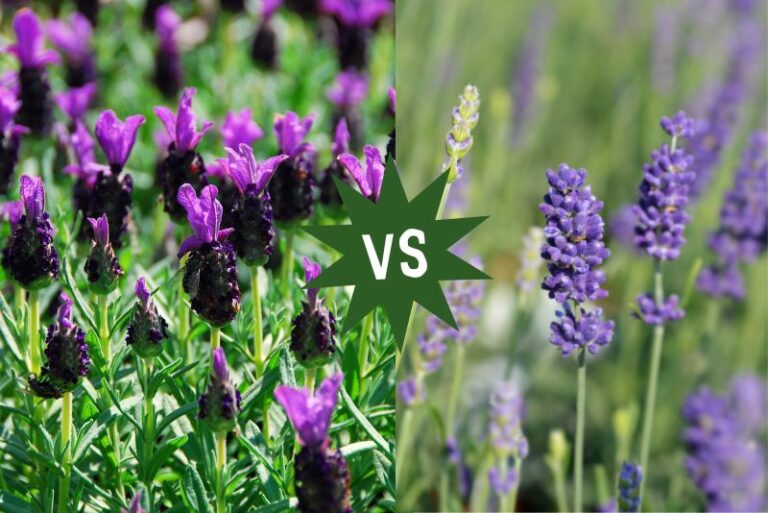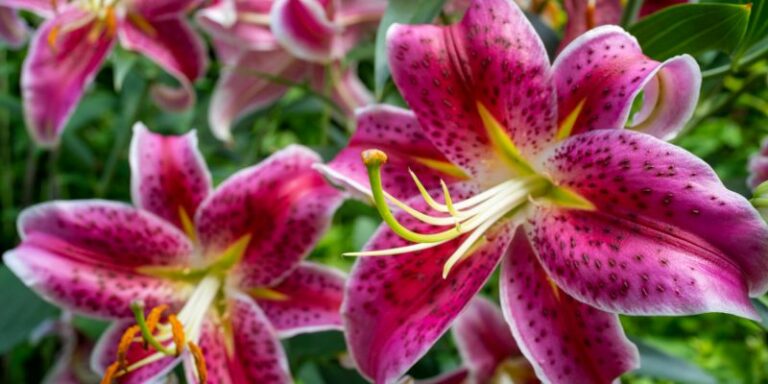Eco-Garden Magic: Unlocking Extended Blooms with Expert Deadheading Tactics
In the midst of an urban sprawl and a rush of disposable living, the art of fostering blooming life is akin to a form of modern alchemy. For those of us with our hands steeped in the soil, nurturing vibrant gardens becomes a conduit for something more profound. A certain magic, if you will. This piece unearths a horticultural ritual that involves such magic—deadheading flowers—that not only revitalizes the garden but also nurtures an ecosystem that supports our planet’s biodiversity.
Deadheading is the delicate practice of removing spent or dead flowers from a plant. While it may seem like a minor, purely aesthetic act, it’s a crucial technique for those seeking to extend the bloom of their flora. This engaging and comprehensive guide is tailored for gardening enthusiasts, home flower cultivators, and the sustainable living community.
The Science Behind Deadheading
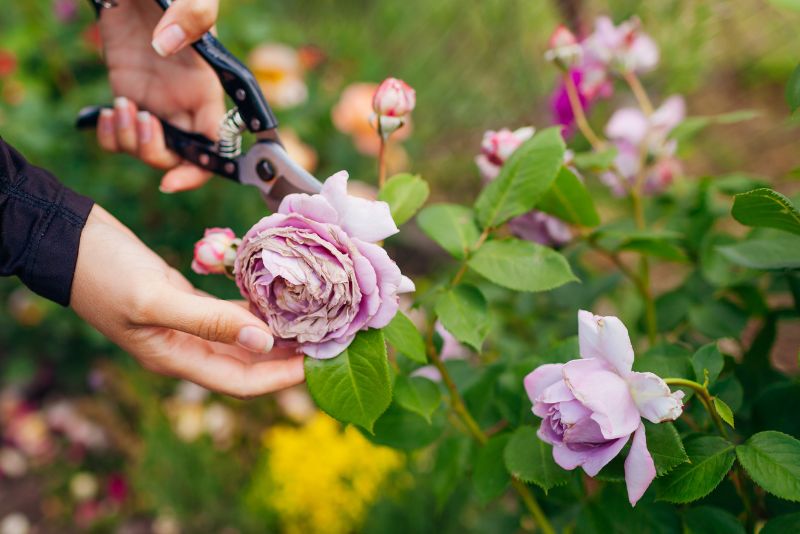
To truly appreciate deadheading, we must understand the fascinating science supporting it. Trimming away faded blooms redirects the plant’s energy from seed production towards more flower creation. This process, known as deadheading, encourages a secondary bloom, effectively “tricking” the plant into thinking it hasn’t yet completed its lifecycle.
Reblooming at the Cellular Level
When we cut off dead flower heads, we signal to the plant that it failed to produce seeds. In response, the plant shifts its hormonal balance and resources to form new buds, aiming to try again for successful reproduction. At a cellular level, this new growth is invigorated by the nutrients that would have gone into seed production, resulting in more robust blooms.
Plant Health and Aesthetics
Beyond prolonging the floral spectacle, deadheading helps maintain the plant’s vigor. By eliminating the energy-draining process of seed formation, the plant can direct resources into root and stem development, strengthening its overall structure. This not only improves the plant’s health but also ensures a richer display of foliage.
Practical Deadheading Techniques
The next step in our narrative dives into the field, where we will cover the specific tools and techniques you’ll need to become adept at this enchanting practice. Deadheading is both an art and a science, requiring a gentle touch and a keen eye for precision.
Essential Tools in Your Arsenal
Before we begin, it’s essential to familiarize yourself with the primary tools of the deadheader: your hands, garden shears, and perhaps a pair of deadheading scissors for more delicate plants. Each tool serves a unique purpose, and your choice will often depend on the flower variety and stem thickness.
Step-by-Step to Blooming Success
Different flowers demand different approaches to deadheading. Roses, for instance, require a method called “pruning to the five-leaf set,” while marigolds simply need their heads pinched off. We’ll explore a range of popular bloomers such as petunias, geraniums, and dahlias, detailing when and how to perform the deed for optimal results.
Benefits of Deadheading
You’ve mastered the how, but why should you invest your time in such a meticulous practice? The benefits span from a more vibrant garden to a wealth of environmental boons.
An Extended Blooming Season
By prompting a second round of flowering, deadheading can extend the garden’s visual feast by weeks or even months. This prolonged exhibition is a delightful reward for your efforts and can be quite the conversation piece for visitors and neighbors alike.
Improved Health and Aesthetics
A garden that’s proactively managed with techniques like deadheading is indicative of a gardener attuned to their craft. The result is a more beautiful and well-maintained outdoor space that speaks to the vitality of your plants and your care for them.
Tips for Effective Deadheading
While deadheading is relatively simple, a few strategic tips can refine your approach and yield even better results. Timing and frequency are key to this practice, ensuring you’re intervening at the right moments.
Mastering the Art of Timing
The best time to deadhead is as soon as the flower starts to fade, typically from late spring until the first frost. Catching this early stage prevents the plant from diverting excess energy into making seeds and ensures a swift return to flowering.
Plant-Specific Considerations
While the general principle remains the same, the effect of deadheading varies among plants. Some flowers, like salvia, benefit from a thorough shearing back, while others, such as impatiens, only require the removal of individual wilted blossoms.
Sustainability Aspects
One of the most enchanting facets of deadheading is its role in promoting sustainable gardening practices. By nurturing plants to rebloom, you’re reducing the need for frequent replanting and cutting down on waste.
Encouraging Pollination and Biodiversity
Deadheading has a ripple effect in your garden that goes beyond the immediate reblooming. It encourages pollinators by providing a continued food source and supports a diverse and thriving ecosystem.
Conclusion
The alchemical transformation that flowers undergo, from bloom to fade, is a wondrous cycle that we have the power to influence and extend. Deadheading flowers is not just a technique; it’s a collaborative dance with nature that rewards both the diligent practitioner and the environment at large.
As you venture into your garden, shears in hand, consider the profound impact your actions can have. With each carefully snipped stem, you’re not just grooming your patch of earth but participating in a greater tapestry of life. Your garden is a canvas, and deadheading allows you to paint with bold strokes, vibrant colors, and the promise of continual renewal.
The invitation is open. Try your hand at deadheading this season and witness the magic unfold in the flora that graces your garden. The experience is as much about understanding the nuances of plant life as it is about fostering a connection with the earth that sustains us all. In that bond, we find not just a prolonging of blooms but a deep-rooted sense of purpose and belonging.

